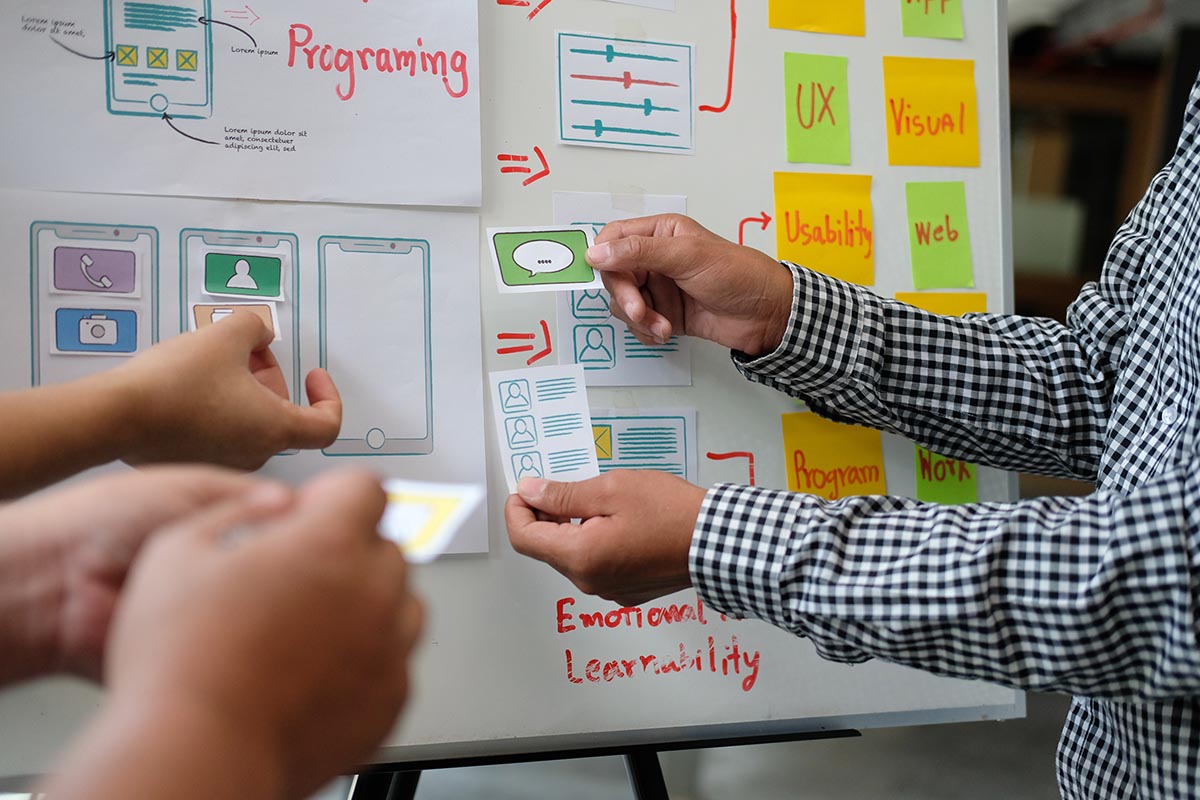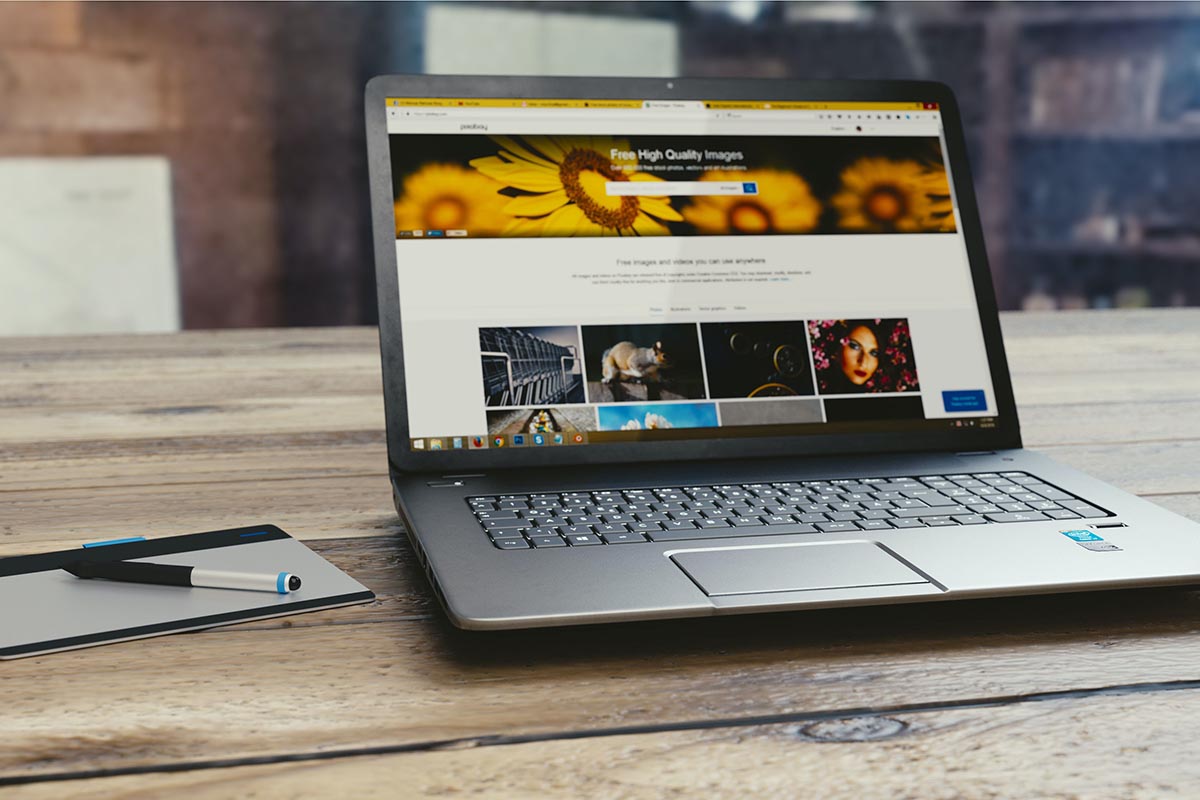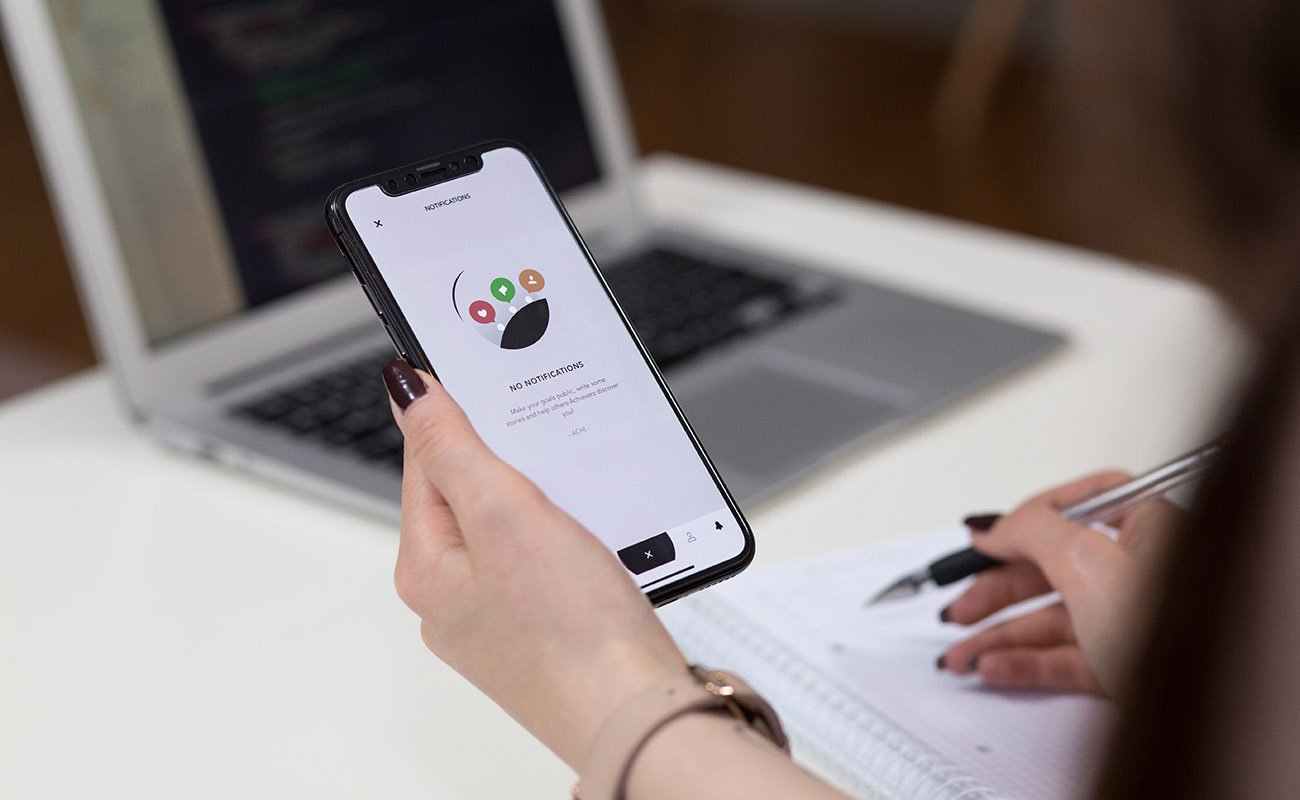9 Ways to Use Mind Control in Web Design
While this may seem an overly-simplistic way to phrase it, web design nonetheless does require some degree of psychological understanding.
Using what we already know about the human mind and how it engages with print, imagery, and video, we can predict and even control how users will respond to a website.
So let’s dive into nine things you can do to “mind control” your users!
Use Contrast to Shift Focus
This might seem like a no-brainer once you hear it, but taking advantage of color differences is a simple way to direct your user towards certain areas.
Using dark surroundings helps to draw a user’s eye towards lighter areas.
You want to be able to guide users towards the information you want them to see the most, like testimonials or the “buy now” button.
Making Use of Known Color Palettes
Understanding how each color relates to an emotional or design-related reaction is essential.
Blue, for instance, is widely seen as a calming and secure color, making it ideal for almost any website.
Green, on the other hand, would be more useful for nature-based enterprises, while yellow could be used for shops to draw the eye to limited-time offers.
Find out which emotions or reactions you want to foster and see which colors match those desires.
Mind Control in Web Design: Selecting the Right Typeface
Serif typefaces like Time New Roman are typically used to give the impression of authority. It’s great to use on websites you make for certain legal offices or educational institutions.
Sans-serif typefaces (Like this one, Arial) are much cleaner in nature and are often used by tech companies and other modern enterprises like Facebook or Twitter.
Choosing the typeface that communicates what you want it to is an excellent way to get a cohesive look that will establish itself in your users’ minds.
Establishing Trustworthiness
There are a couple of ways to do this, not the least of which is obtaining an SSL certificate that will show your users that information sent to your website is securely handled.
You can also use images of locks while users access their data and using keywords like “secure” or “encrypted” without having to go into much detail.
Make sure each page is very concise and forthcoming about its purpose. Users don’t like the feeling that you’re hiding information or trying to get one over on them.
Be forthcoming about your services and any catches they might contain. Layout your prices right in front of them, and don’t wait until the invoicing page.
Using Emotional Triggers
We’re emotional creatures that respond to a plethora of emotional triggers each day.
This makes it easy to associate positive or strong feelings with the brand on the website.
Health insurance providers might wish to go for something cathartic, powerful, and uplifting.
Meanwhile, a tech company would want to play in anticipation of all the great things the future might hold.
Find ways to elicit these emotions using videos, imagery, or specific keywords.
Taking Advantage of Patterns
Utilizing patterns to improve navigation leads to user retention. This might sound silly, but once you realize that our brains reward us for picking up patterns and getting positive results, you’ll see why it can engage people.
Make sure each page follows a consistent, coherent pattern of navigation and layout so that users can browse confidently and not feel punished by misunderstanding your website.
Use Direct Engagement
By taking advantage of user input, you can do a few tricks that will make the user feel like you’re talking explicitly to them. Call them by name in pop-ups, for instance.
Ask for their feedback and opinions in a convenient way for the user. People love to express what they think and like to feel important while doing so.
Positive Reinforcement
Use positive feedback on user actions to engage the reward center of the brain.
You can thank users for their input, congratulate them for completing tasks, or give them notifications that are relevant to them.
Mind Control in Web Design: Be Accessible
If your brand feels easy to contact, it makes the whole experience feel more open and connected.
Live chat is a great way to achieve this, but make sure you give your users plenty of convenient options as well, such as on-site form entry.
Sometimes users are uncomfortable with making cold-calls, so be sure you add a wealth of options for them to use.




















